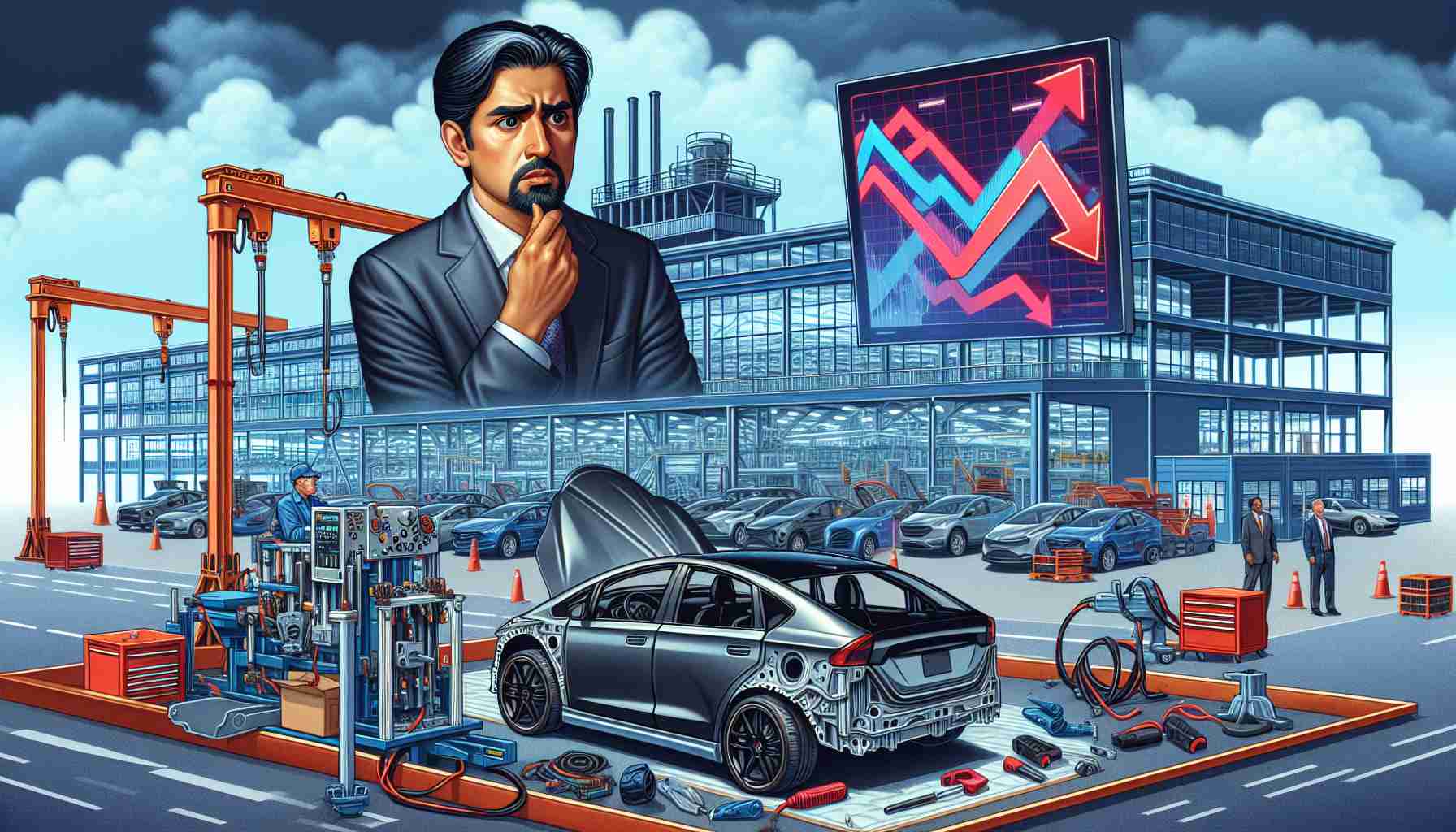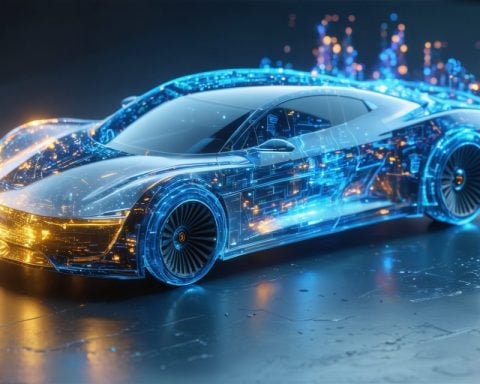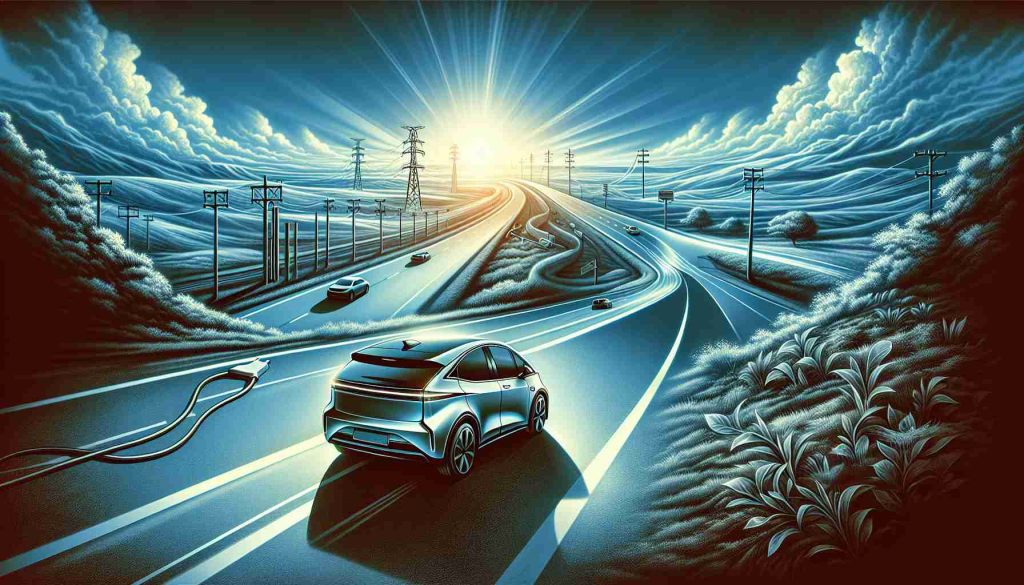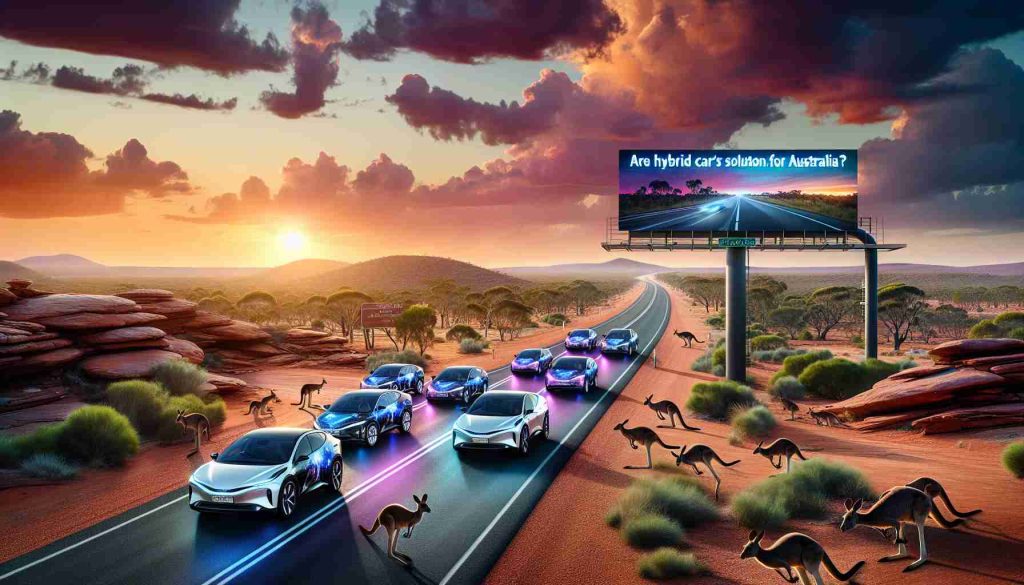The landscape of electric vehicles (EVs) in the United States is facing significant turbulence as President Donald Trump moves to revise existing policies aimed at boosting EV adoption. His latest executive order titled “Unleashing American Energy” aims to halt the Biden administration’s ambitious targets for electric vehicle sales.
Automakers, particularly those invested in EV technology like Jeep, express concern over the potential elimination of the $7,500 tax credit that supports electric car buyers. Many manufacturers are anxiously monitoring the situation, uncertain about how these changes will impact vehicle pricing and consumer demand. Despite a steady interest in EVs, the growth has not met expected levels, presenting a challenging environment for manufacturers trying to navigate production strategies.
Experts like Jim Motavalli, a green transportation journalist, suggest that this reversal could hinder America’s competitiveness in the global market, especially against companies in China. The impending removal of incentives could discourage automotive manufacturers from establishing battery plants within the U.S., undermining the goal of fostering domestic production.
Furthermore, California, a pioneer in EV policy, is poised to challenge this move in court, reinforcing its commitment to environmentally friendly standards. While Trump’s order pauses federal funding for EV infrastructure, existing networks, particularly those established by Tesla, continue to provide essential charging capabilities. As the industry navigates this shifting landscape, the future of electric mobility in America remains uncertain yet critical.
The Wider Impact of Electric Vehicle Policy Changes
The shifting landscape surrounding electric vehicle (EV) policies in the United States carries profound implications for society, culture, and the global economy. Automotive innovation is at a crossroads, influenced not just by market dynamics but also by political machinations. The potential rollback of incentives like the $7,500 tax credit may drive a wedge between manufacturers and consumers, impeding the momentum towards widespread EV adoption. Without robust governmental support, the U.S. risks losing its foothold in the expanding $2 trillion electric vehicle market, which is expected to surge as countries worldwide commit to sustainability goals.
Culturally, the shift away from EVs could alienate environmentally conscious consumers and diminish public enthusiasm for sustainable transportation. This could trigger societal pushback against perceived regressive policies, amplifying the divide between environmentally progressive states like California and more conservative regions. Moreover, as environmental concerns grow globally, the U.S. may struggle to maintain its leadership role in climate initiatives, further isolating itself from a coalition of nations committed to reducing carbon emissions.
Long-term, experts predict a ripple effect on global supply chains, particularly in lithium and cobalt sourcing. The push for local battery production is vital, yet without federal support, manufacturers may increasingly rely on overseas resources, reversing gains made in domestic manufacturing. As trends shift and industries adapt, the breadth of electric mobility’s impact—social, economic, and environmental—will be felt for generations.
The Future of Electric Vehicles in America: Navigating New Policy Changes
The Current Landscape of Electric Vehicles (EVs) in the U.S.
The electric vehicle (EV) market in the United States is at a pivotal crossroads as changes in federal policy pose challenges to manufacturers and consumers alike. Amidst the evolving landscape, President Donald Trump’s recent executive order, “Unleashing American Energy,” seeks to reshape the trajectory of EV adoption by targeting the existing incentives that have fueled their growth. This article explores the implications of these changes, including potential impacts on market dynamics, consumer behavior, and the competitive landscape.
Key Features of the New Policy Changes
1. Tax Credit Changes: The proposed discontinuation of the $7,500 federal tax credit for electric car buyers is a major concern for both consumers and manufacturers. This incentive has been crucial in making EVs financially viable for many buyers, and its removal could diminish consumer interest and demand.
2. Production Strategies Impacted: Automakers like Jeep, who have invested heavily in EV technology, are closely monitoring how these policy shifts will affect their production strategies and pricing models. The uncertainty could slow down advancements in EV manufacturing and the development of new models.
Pros and Cons of the Policy Shift
Pros:
– Reduced Regulatory Burden: For traditional automakers, reducing federal oversight may allow for greater flexibility in choosing their production strategies.
– Focus on Hybrid Options: With EV incentives on the line, manufacturers may place more emphasis on hybrid vehicles, which could cater to a broader audience concerned about range anxiety.
Cons:
– Decline in EV Adoption: The removal of tax credits could result in lower sales numbers for EV manufacturers, as higher purchase prices deter potential buyers.
– Loss of Competitive Edge: Experts warn that this pivot could diminish the U.S.’s competitive stance in the global EV market, particularly against China, which continues to invest heavily in EV infrastructure and production.
Consumer Concerns and Trends
Consumers are increasingly concerned about the long-term viability and value of EVs in light of potential policy fluctuations. As the administration shifts its stance, insights from market analysts suggest that continued consumer interest in sustainability may still drive EV sales. Nevertheless, uncertainty around subsidies and incentives can lead to a more hesitant buying environment.
Compatibility and Innovations in EV Technology
Despite regulatory changes, advancements in EV technology continue to flourish. Research indicates a growing trend towards mobile charging solutions and innovations in battery technology that enhance efficiency and reduce costs. Manufacturers are also focusing on enhancing the range of vehicles and improving charging infrastructure compatibility, which remains critical for consumer adoption.
Sustainability and Market Predictions
As the debate around EV incentives unfolds, sustainability remains a key focus for consumers and manufacturers. Despite potential setbacks from the federal level, states like California are taking independent measures to uphold stringent environmental standards. Predictions suggest that while federal incentives may wane, state-level programs could arise to counterbalance these changes, fostering a resilient market for EVs.
Conclusion: The Road Ahead for Electric Vehicles
The future of electric vehicles in the United States is undoubtedly complex. As manufacturers brace for potential impacts from the new policy, the resilience of the EV market will rely on adaptability, innovation, and sustained consumer interest. It remains essential for both federal and state governments to foster a favorable environment for EV adoption to maintain progress towards a more sustainable transportation future.
For more information about electric vehicles and industry updates, visit Energy.gov.














